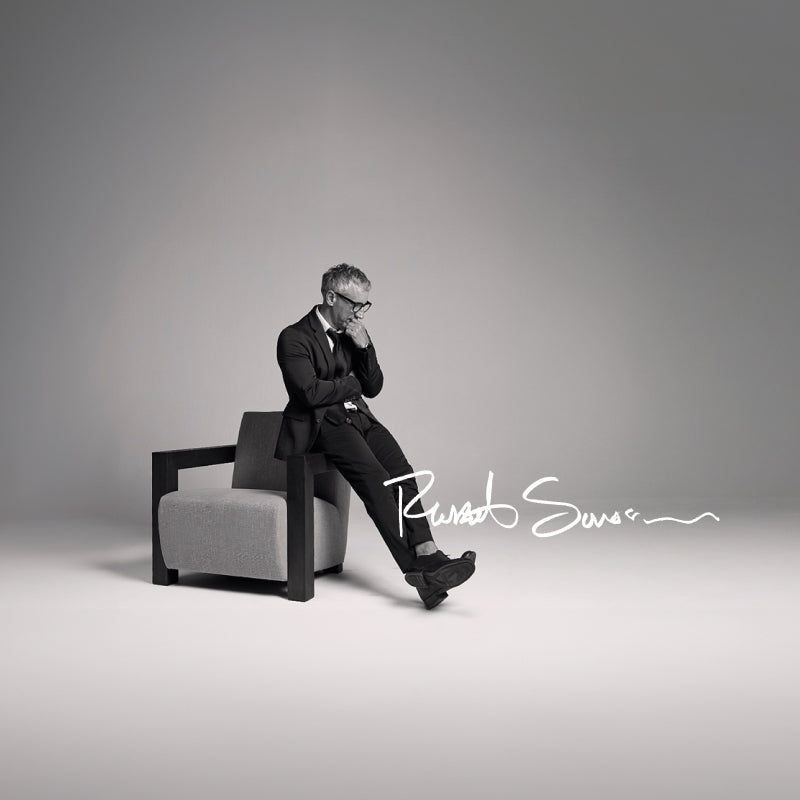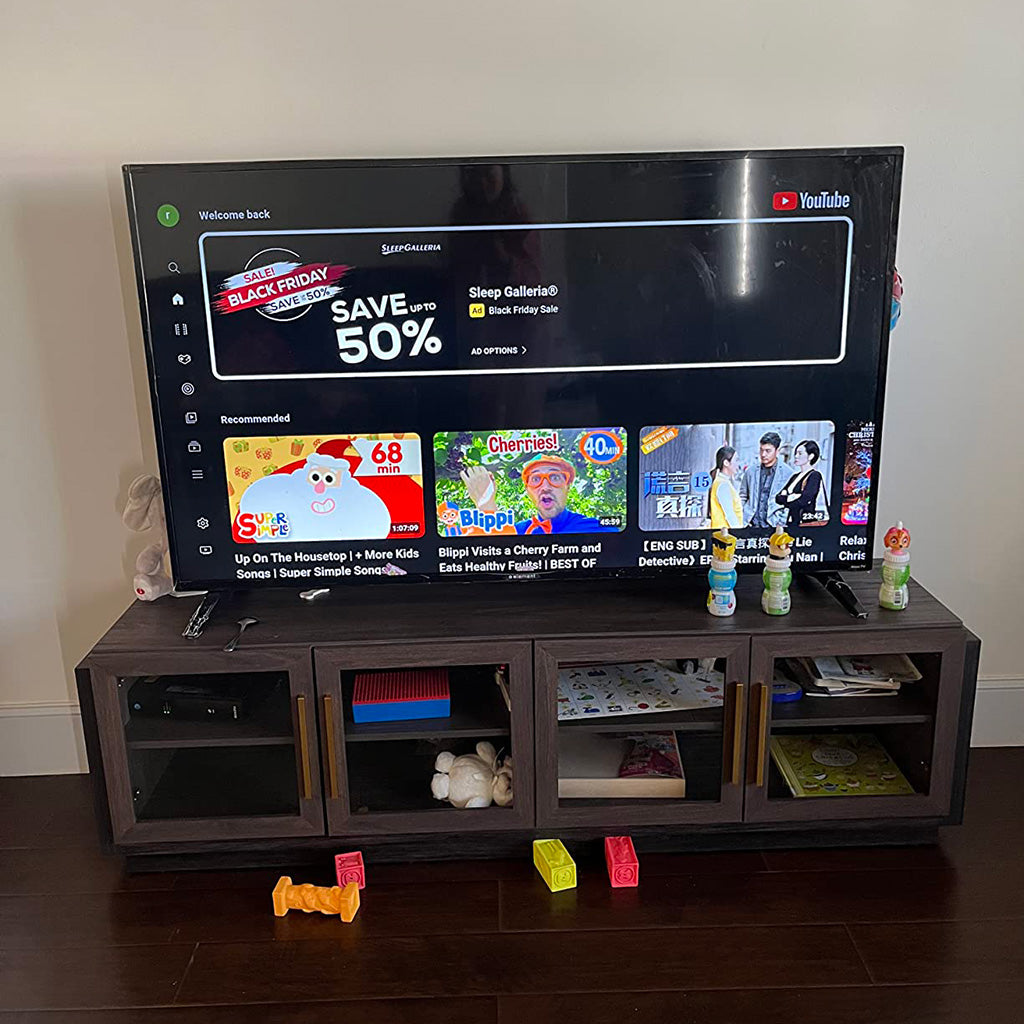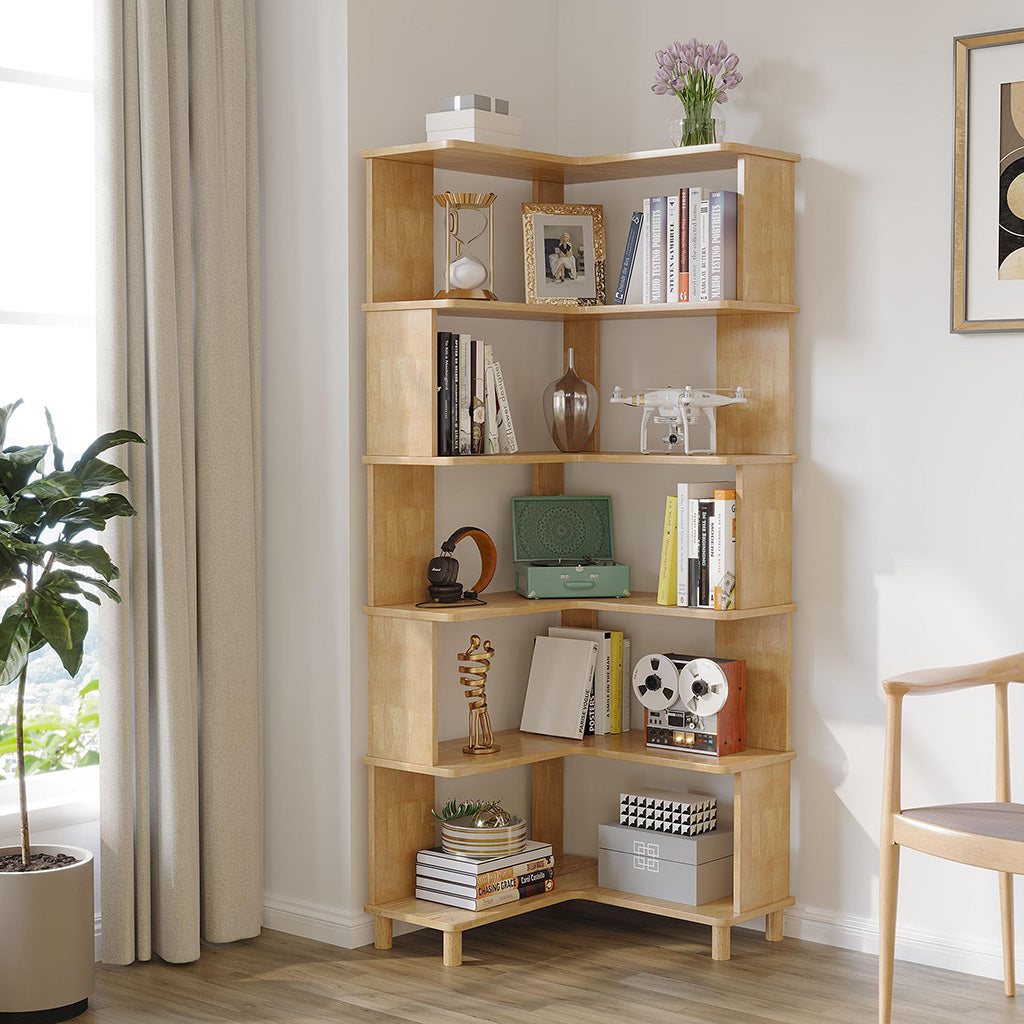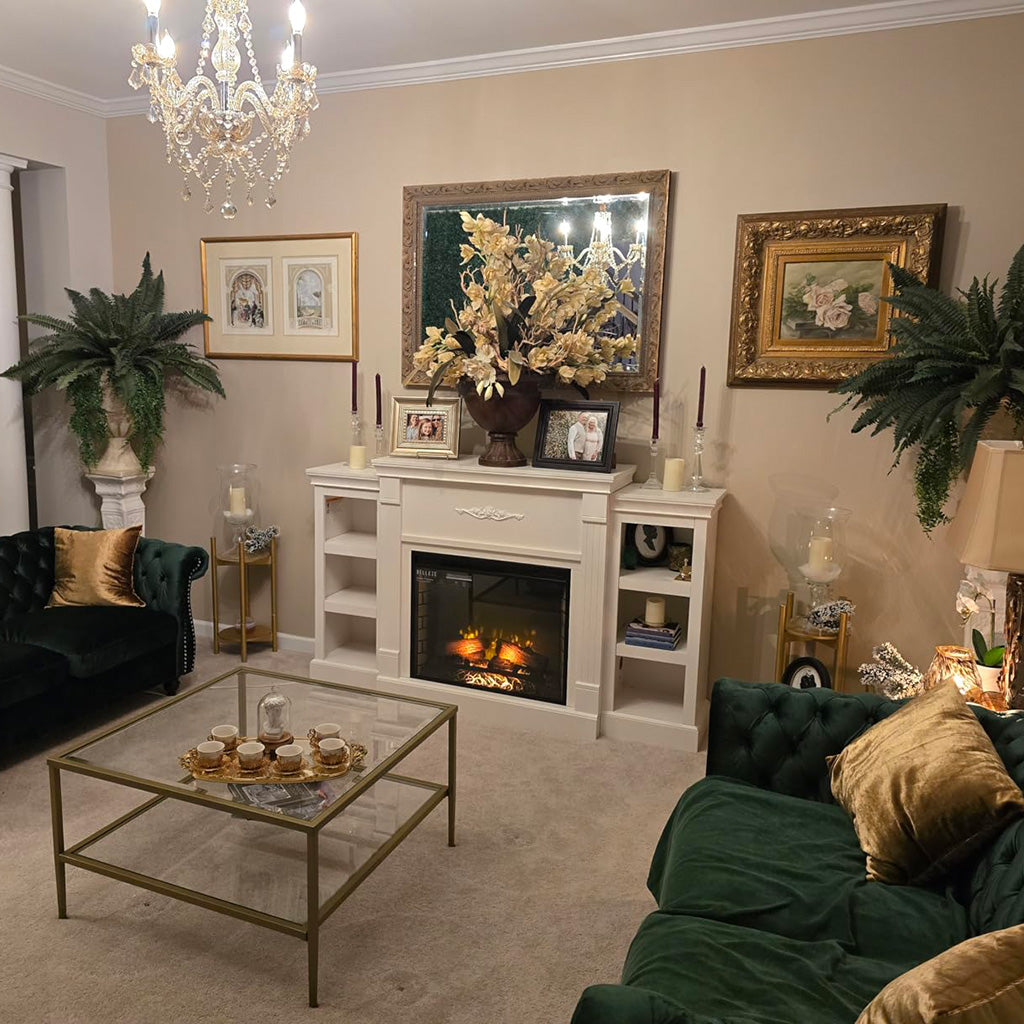Key Takeaways
- Eye Level Placement: Keep your TV's center at eye level when seated. This stops neck strain from looking up or down.
- Direct Alignment: Place your screen straight ahead of where you sit. Turning your neck sideways causes pain and stiffness.
- Healthy Viewing: Sit with good back support and take regular stretching breaks. This prevents muscle fatigue during long viewing sessions.
Introduction
Neck pain from TV placement affects countless viewers daily. This common issue stems from poor ergonomics in home entertainment setups, not from watching TV itself.
Many homeowners mount TVs above fireplaces for aesthetic appeal. They don't consider the physical strain this creates. Your neck tilts unnaturally, causing discomfort and pain.
This guide provides simple steps to create an ergonomically sound viewing environment. You'll learn how to position your TV correctly for comfortable, pain-free watching.
Keep Your TV at Eye Level
The center of your TV screen should align with your eye level when seated. This simple rule prevents neck strain and creates a comfortable viewing experience that you can enjoy for hours.
Your eyes naturally gaze slightly downward when relaxed. The optimal height places the TV's center at or just below eye level, typically around 42 inches from the floor. This positioning allows your neck to maintain its natural curve without tension.
The Problem with High Placement
Mounting a TV above a fireplace creates an attractive focal point but forces you to tilt your head backward. This unnatural position strains neck muscles and shoulders, often leading to headaches and discomfort. The higher the TV, the more severe the strain becomes over time.
If you're considering this setup, learn more about whether you can mount a TV above a fireplace safely and explore where to put a TV in the living room with a fireplace for better alternatives.
Bedroom Considerations
Bedroom TV placement follows different rules. When lying down, your natural sight line angles upward, making a higher mounting position more ergonomic. This exception only applies when viewing from a reclined position.
For bedroom setups, consider checking out the best tall TV stands for high beds to find the perfect height solution.

Center the TV in Front of Your Seating
Your TV's horizontal position matters as much as its height. Direct alignment with your primary seating area ensures you watch without turning or twisting your neck.
Creating the Perfect Sight Line
Position your television directly in front of your main viewing spot. This arrangement allows natural, relaxed viewing without neck rotation. Corner placement might seem space-efficient, but it forces viewers to sit at uncomfortable angles, creating uneven muscle strain.
Managing Multiple Viewing Areas
When seating spreads across the room, prioritize the most-used positions. An articulating mount provides flexibility, allowing you to adjust the TV angle for different viewing spots. This solution accommodates various seating arrangements without compromising comfort.
Choose the Right TV Stand or Wall Mount
The right equipment transforms TV placement from guesswork to precision. Your choice between stands and mounts depends on your room layout and viewing needs.
To ensure you select the perfect fit, consult our TV stand size guide for detailed measurements and recommendations.
TV Stands
Standard TV stands naturally position screens at comfortable heights. Choose a stand that aligns the screen center with your seated eye level. The stand should feel proportional to your TV size while maintaining stability.
For budget-conscious shoppers, explore the best TV stands under $500 that offer quality without compromising ergonomics.

Wall Mount Options
- Fixed Mounts provide secure, permanent placement. They work perfectly when you've determined the exact right height, but offer no adjustment afterward.
- Tilting Mounts allow downward screen angles, compensating for higher mounting positions. This feature proves invaluable when architectural elements limit placement options.
- Full-Motion Mounts deliver maximum flexibility. These mounts adjust height, tilt, and swivel, adapting to various viewing scenarios. While more expensive, they prevent neck strain by accommodating different seating positions and viewer preferences.
Consider your room layout and viewing habits. Fixed mounts work for dedicated viewing areas. Tilting or full-motion mounts help in multi-purpose rooms.
Investing in the right mount now prevents years of neck discomfort later.
Ergonomic TV Stand Picks
You asked for real options. Here are three Belleze picks that make eye-level viewing easier and help reduce neck strain. We’ll keep the focus on height, stability, and cable control.
Astorga Farmhouse TV Stand with Fireplace (for TVs up to 65″)
Why it helps your neck:
- A taller console profile brings mid-size TVs closer to eye level.
- The centered fireplace raises your visual focus, so you look forward, not down.
- Closed storage and cord management keep gear tidy, so you don’t keep shifting posture.
Best fit:
- Living rooms and bedrooms that want warmth and a clean front view.
- Seats with medium cushion height.
Details that matter:
- Supports most 65″ TVs.
- Barn-door cabinets with adjustable shelves.
- Infrared fireplace warms about 400 sq. ft.
- Flame effect can run with or without heat.
- Durable manufactured wood; matte black metal hardware.
- Cable cutouts for neat routing.
Curious about fireplace TV stands? Learn more about whether you can put an electric fireplace in a TV stand and how they combine functionality with ambiance.
Avenue Long TV Stand with Fireplace (for TVs up to 75″)
Why it helps your neck:
- Low-profile height pairs well with larger TVs, keeping the center near eye level for deep sofas.
- Wide stance supports straight-ahead viewing without head tilt.
Best fit:
- Larger living rooms.
- 65–75″ TVs with deeper seating.
Details that matter:
- Size: 69″ L × 14.96″ W × 27.17″ H.
- Top holds up to 80 lb; shelves/cabinets for gear.
- LED fireplace with up to 5 flame speeds and 16 flame colors.
- 5000 BTU, heats up to 400 sq. ft. (120V/60Hz, 1400W).
- Damage-resistant surface; tip-over restraint device.
Entertainment Modern TV Stand with LED (for TVs up to 75″)
Why it helps your neck:
- Lower console height pairs well with a 75″ TV, so the screen center sits near eye level.
- With a 65″ TV, add a tilt mount or a small riser to hit that sweet spot.
Best fit:
- Modern rooms that want LED mood lighting without glare.
- Gamers and streamers need organized storage and straight-ahead viewing.
Details that matter:
- Size: 67″ L × 15.6″ W × 21.8″ H.
- Two sliding drawers + two side cabinets; rear wire holes for cable control.
- Top supports 90 lb; side cabinets 30 lb each; drawers 15 lb each.
- RGB LEDs: 16 colors, 8 dynamic modes, 10 brightness and 10 speed levels; music-sync mode.
- Durable manufactured wood; black alloy handles.
Maintain Good Posture While Watching
How you sit matters as much as where your TV sits. Poor posture creates neck pain even with perfect TV placement.
Support Your Back
Sit with your back fully against the chair or couch. Slouching pushes your head forward and strains your neck muscles.
Use cushions for extra support:
- Place a pillow behind your lower back
- Add neck support when reclining
- Keep your ears aligned over your shoulders
This alignment maintains your spine's natural curve and prevents strain.
Take Regular Breaks and Stretch
Staying in one position causes stiffness, even with an ideal setup. Your body needs movement to stay comfortable.
The 20-30 Minute Rule
Get up every 20 to 30 minutes. Walk around, grab water, or simply stand and stretch. These short breaks prevent muscle tension from building up.
Simple Neck Stretches
During breaks, try these gentle exercises:
- Side tilts: Lower your ear toward each shoulder
- Head turns: Look left, then right, holding briefly
- Chin tucks: Bring your chin down toward your chest
Hold each stretch for 10 seconds. These movements release tension and improve blood flow to tired muscles.
Conclusion
Eliminating TV-related neck pain is simple when you follow key ergonomic principles.
Place your TV at eye level and centered. Choose the right stand or mount. Maintain good posture and take regular breaks. These adjustments transform painful viewing into comfortable relaxation.
You don't need to suffer through your favorite shows. With these changes, you can enjoy hours of pain-free entertainment.

























































Leave a comment
This site is protected by hCaptcha and the hCaptcha Privacy Policy and Terms of Service apply.